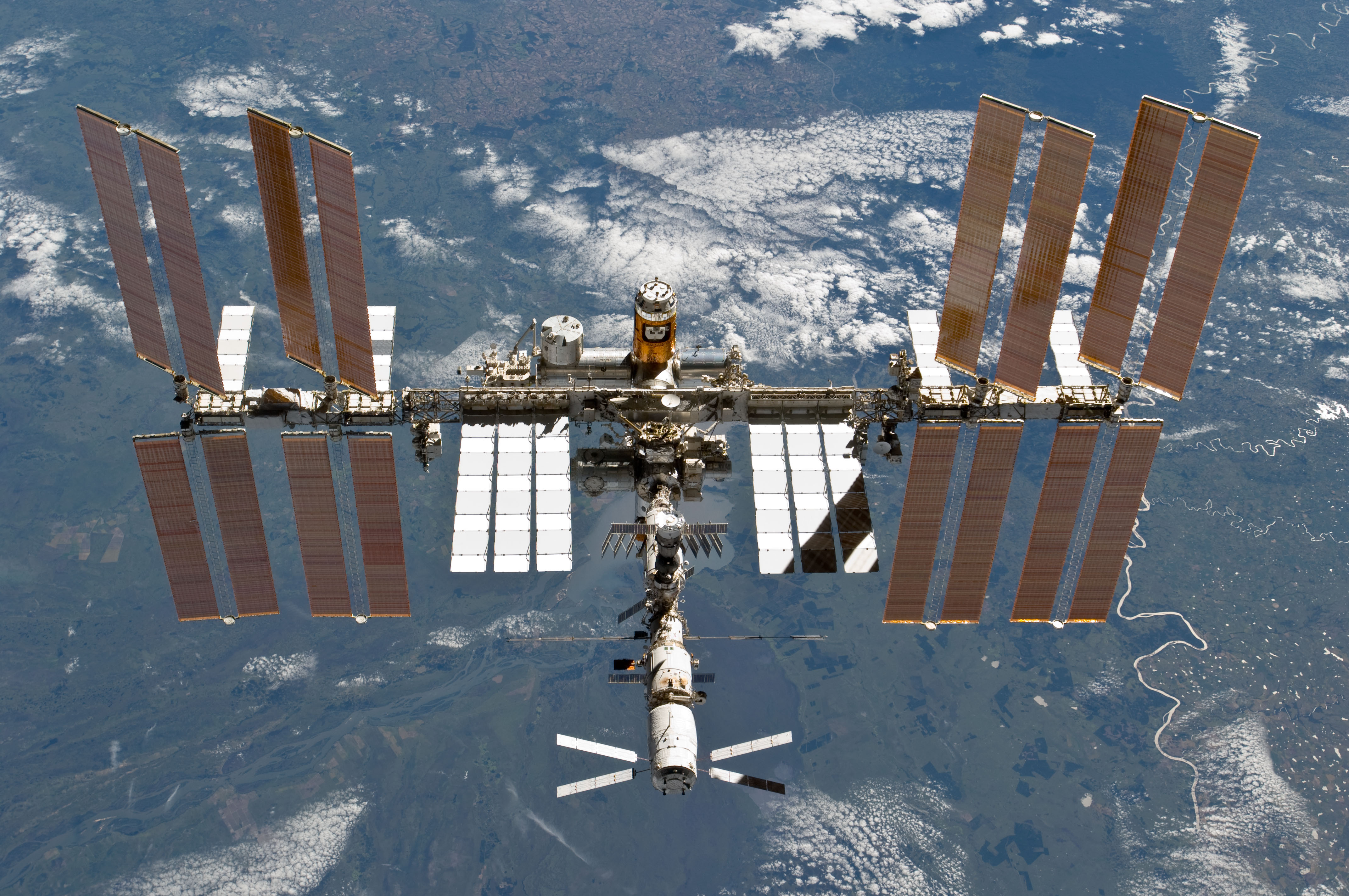


So it’s this location in the ocean where currents kind of move in a circular pattern, so you don’t even get very many new nutrients flowing in. That’s because the Point Nemo is in the middle of a gyre. So we land them in this place where there’s nothing, really, at all, like not even that many fish. And the deal is that, like, nobody wants to have to worry about what or who craft might hit as they land. So over the years, like you said, this Point Nemo has turned into a popular retirement home for spacecraft. The astronauts who are currently aboard the space station are often the closest humans to Point Nemo as they pass overhead in orbit. It’s more than 1,600 miles from the nearest land. It’s Greek for “no man,” which is very apt because it is the spot in the Pacific Ocean that’s optimized to be the furthest from land that you can get anywhere on Earth. IRA FLATOW: And they have a place that they’re aiming for to bring it down, right? A very famous place. But it could end up meaning that the old girl is with us just a little bit longer.

They still need to get some sign-offs from that to make that plan happen, though, both from Congress and from Russia and from a bunch of other international partners. NASA and the Biden administration have decided that they want to keep it flying until 2030, which would extend its life by an extra six years from where it’s currently set. MAGGIE KOERTH: Mostly because it is a 20-plus-year-old piece of spacecraft that is not going to be in good working order for a whole lot longer than that. Here with this and other selected short subjects in science is Maggie Koerth, senior science writer for FiveThirtyEight. The aging station, NASA reported this week, has a set expiration date and will join assorted spacecraft from history, including the Russian Space Station Mir and Skylab, in a watery ocean grave. I’m talking about the International Space Station. It’s a valuable tool for scientific research. Later in the hour, we’ll talk about how researchers are using donated brains– just like yours, yeah– to understand conditions like Alzheimer’s, Parkinson’s, and even depression.īut first, it’s orbited above us for decades. New research is tying these remains to the Indigenous Chincha people, who hundreds of years ago may have been trying to honor ancestors killed under colonization. Examples of the vertebrates found stacked on reeds in southwestern Peru. Geological Survey’s effort to monitor a sleeping volcano, what we’re learning from COVID-19 “challenge” trials and a centuries-old act of resistance involving human vertebrae stacked on reeds against colonial forces. Science journalist Maggie Koerth joins Ira to explain the end of the ISS and other stories, including two black holes that may or may not exist and may or may not collide, the U.S. More specifically, it would end at a place between New Zealand and the southern tip of South America called “ Point Nemo ”-a final resting place for other spacecraft chosen because it is the place on Earth farthest from land masses. In a report released this week, NASA announced the station, once decommissioned, would orbit into the ocean in 2031. But NASA finally released the plan for what happens after the end of United States support for the orbiting research lab. And its expiration date had already been moved from 2024 to 2030. The International Space Station was never going to last forever. India has also set its eye on building its own space station in low earth orbit to conduct microgravity experiments in space in 5 to 7 years.The International Space Station.China ha s its own Tiangong station in orbit around the Earth now.NASA plans to remove the ISS from its orbit around the earth and eventually plunge it into the ocean.China was barred from the ISS by the United States.The ISS serves as a microgravity and space environment research laboratory in which crew members conduct experiments in biology, human biology, physics, astronomy, meteorology, and other fields.The ISS makes multiple orbits around the Earth every day.The space station is parked at Low Earth Orbit (LEO) at approximately 350 km above the Earth.The space station was assembled over many years, and it operates in low-earth orbit. The ISS was launched i n 1998 as part o f joint efforts by th e U.S., Russia, Japan, Canada and Europe.The National Aeronautics and Space Administration ( NASA ) has announced plans to retire and decommission the International Space Station ( ISS ) by 2031.


 0 kommentar(er)
0 kommentar(er)
